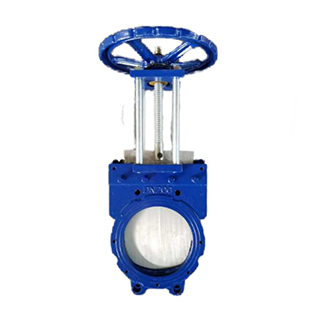slip on flange en 1092 1
Understanding Slip-On Flanges According to EN 1092-1 Standard
Slip-on flanges are a popular choice in piping applications due to their simple design and ease of installation. According to the European standard EN 1092-1, these flanges are defined and classified for a variety of applications across industries, ranging from oil and gas to water and wastewater management. In this article, we will delve into the specifics of slip-on flanges as per EN 1092-1, their benefits, applications, and installation considerations.
What are Slip-On Flanges?
A slip-on flange is a type of flange designed to slide over the pipe's end. It is then welded both inside and outside to provide a secure and leak-proof joint. The design allows for easy alignment and connection, making it an attractive choice for many engineers and construction professionals. The EN 1092-1 standard covers various aspects of slip-on flanges, including dimensional tolerances, materials, and marking.
EN 1092-1 Specifications
According to EN 1092-1, slip-on flanges can be manufactured from various materials, including carbon steel, stainless steel, and alloy steel. The standard specifies different pressure ratings, which are critical for ensuring the flange can withstand the operational conditions of the system it is being used in. These ratings often include PN (Nominal Pressure) values that help in identifying the appropriate flange for specific pressure and temperature requirements.
The design dimensions of slip-on flanges are defined in this standard, taking into account the outer diameter, bolt holes, and the overall thickness of the flange. Compliance with these specifications ensures interoperability between different manufacturers and provides a level of assurance regarding product quality.
Advantages of Slip-On Flanges
1. Ease of Installation One of the most significant advantages of slip-on flanges is their ease of installation. Since the flanges can simply slip over the pipe, aligning and fitting them takes considerably less time and effort compared to other flange types.
2. Cost-Effectiveness Slip-on flanges generally require less material than other flanges, making them a more economical choice. They also need fewer special tools for installation, further reducing labor costs.
slip on flange en 1092 1

3. Versatility These flanges are suitable for various applications, including low-pressure systems. Slip-on flanges can work well in situations where precise alignment is crucial, such as in piping systems that require frequent maintenance and adjustments.
4. Reduced Risk of Leakage When properly welded, slip-on flanges provide robust leak-proof seals. In applications where leakage cannot be tolerated, the ability to weld both inside and outside the flange significantly enhances reliability.
Installation Considerations
While the installation of slip-on flanges is generally straightforward, there are certain considerations that must be accounted for to ensure optimal performance. The pipe ends must be cut and prepared correctly to ensure a good fit. If the fit is not tight enough, it may compromise weld quality and structural integrity.
Another critical aspect is the welding procedure. Proper welding techniques should be employed to ensure that heat does not warp the flange or pipe. It is also essential to ensure that the weld surfaces are clean and free of contaminants before welding.
Applications of Slip-On Flanges
Slip-on flanges are widely used in various industrial applications. Common uses include
- Piping Systems They are commonly used in water supply and distribution systems. - Oil and Gas Industry In production and refining processes, slip-on flanges serve vital roles in connecting various components of the systems. - Chemical Processing Their ability to withstand corrosive materials and ease of maintenance make them suitable for many chemical applications.
Conclusion
Slip-on flanges, as defined by the EN 1092-1 standard, represent an efficient and reliable choice for many piping applications. Their unique advantages, such as ease of installation, cost-effectiveness, and reliability, make them a popular option across various industries. Understanding the specific requirements and proper installation techniques can help ensure they perform optimally in their designated applications, ultimately contributing to safer and more efficient operations.
-
The Key to Fluid Control: Exploring the Advantages of Ball Valves in Industrial SystemsNewsJul.09,2025
-
The Versatile World of 1, 2, and 3 Piece Ball ValvesNewsJul.09,2025
-
Stainless Steel Ball Valves: The Ideal Choice for Efficient Flow ControlNewsJul.09,2025
-
Optimizing Fluid Control with Ball Float ValvesNewsJul.09,2025
-
Manual Gate Valves: Essential for Control and EfficiencyNewsJul.09,2025
-
Everything You Need to Know About Butterfly ValvesNewsJul.09,2025
-
The Versatility of Wafer Type Butterfly ValvesNewsJul.08,2025




